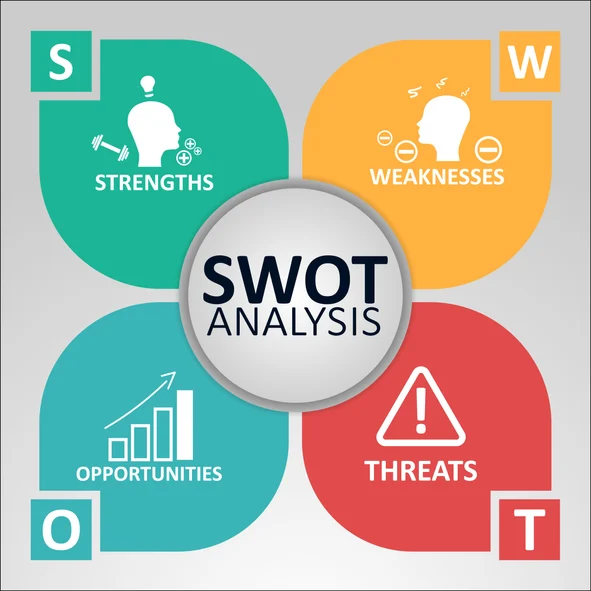
Organizations must clearly understand their strengths, weaknesses, opportunities, and threats in the dynamic and competitive business environment. This understanding can be achieved through SWOT analysis, a powerful tool that helps businesses identify internal and external factors that impact their performance. SWOT analysis is valuable for strategic planning and plays a significant role in process management.
SWOT stands for Strengths, Weaknesses, Opportunities, and Threats. Strengths refer to the internal capabilities or advantages that an organization possesses. These include a strong brand reputation, skilled workforce, advanced technology infrastructure, and efficient supply chain management. By identifying these strengths through SWOT analysis, businesses can leverage them to gain a competitive edge in the market.
On the other hand, weaknesses are internal limitations or areas where an organization lags behind its competitors. These may include outdated technology systems, a lack of skilled employees, or poor customer service. Recognizing these weaknesses allows businesses to develop strategies to overcome them and improve overall performance.
Opportunities are external factors that could benefit an organization if adequately utilized. They may arise from changes in market trends or emerging technologies. For example, advancements in e-commerce present opportunities for traditional brick-and-mortar retailers to expand their reach by establishing online platforms. By identifying these opportunities through SWOT analysis, organizations can capitalize on them and drive growth.
Threats are external factors that pose risks or challenges to an organization’s success. These may include intense competition from rival firms or changes in government regulations that affect industry operations. Organizations can develop contingency plans and mitigate potential risks by being aware of these threats through SWOT analysis.
In addition to strategic planning, SWOT analysis is instrumental in organizational process management. It helps identify areas where processes are inefficient or ineffective by highlighting weaknesses within the system itself. Organizations can implement process improvements by analyzing the weaknesses to streamline operations, reduce costs, and enhance overall productivity.
For instance, if SWOT analysis reveals that a company’s supply chain management could be more robust due to frequent delays or inventory shortages, the organization can improve this. This may involve implementing better forecasting techniques, establishing stronger supplier relationships, or investing in advanced inventory management systems. Organizations can improve their overall efficiency and customer satisfaction by addressing these weaknesses in the supply chain process through SWOT analysis.
SWOT analysis is essential for businesses to assess their internal strengths and weaknesses and external opportunities and threats. It enables organizations to develop strategies that leverage their strengths while mitigating weaknesses and risks. Moreover, SWOT analysis plays a crucial role in process management by identifying areas of improvement within organizational processes. By utilizing this powerful tool effectively, businesses can stay competitive in the ever-changing business landscape and achieve sustainable growth.
